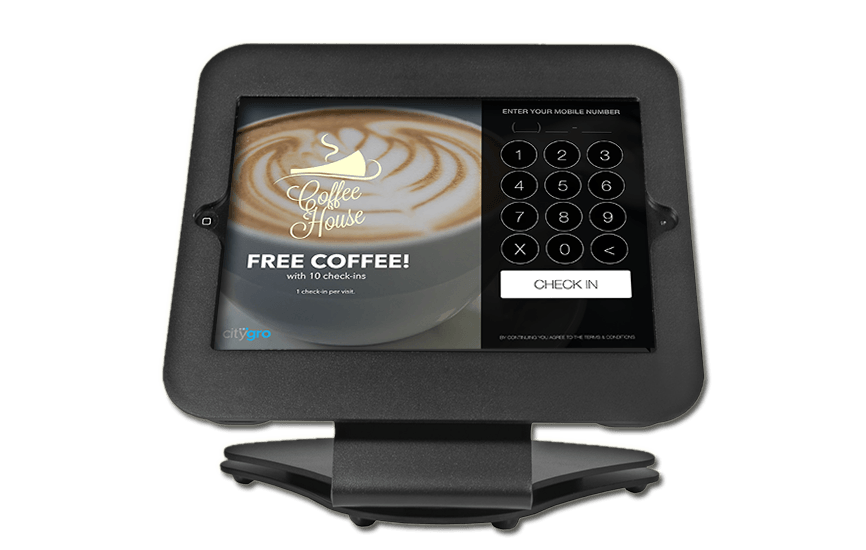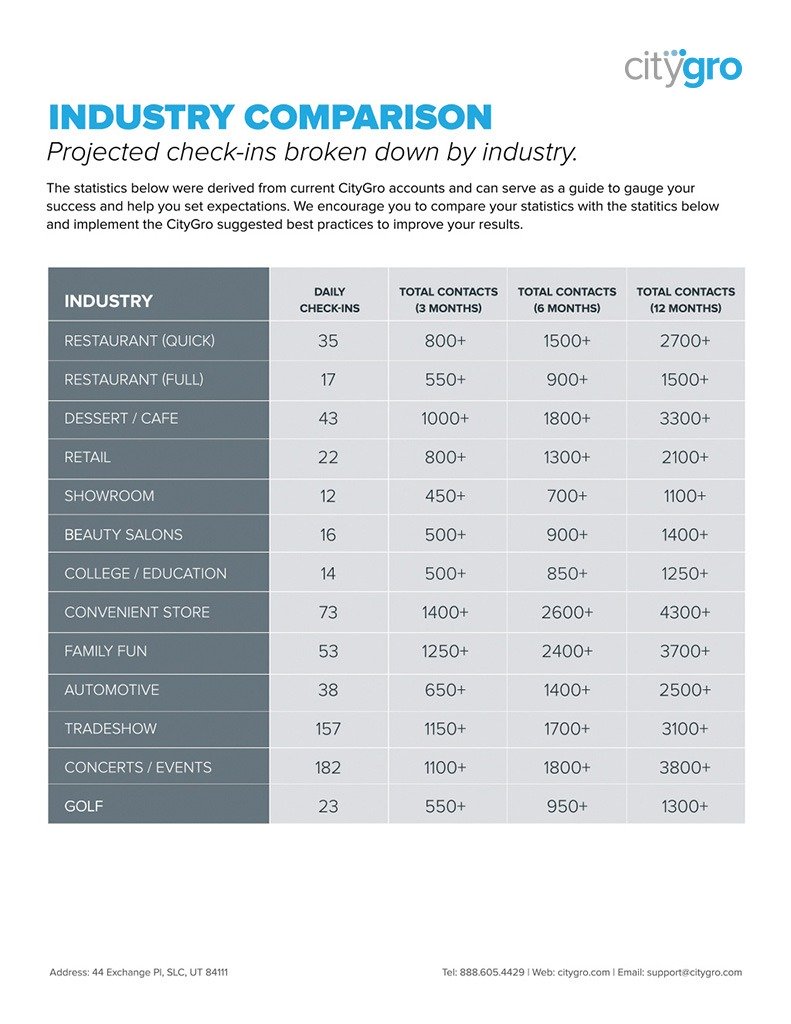7 Steps to Creating Killer Drip Campaigns
Drip campaigns are a great way to create top-of-mind awareness and nurture customer relationships. When done right they can do this without jeopardizing the relationship from overly persistent follow-up. Your drip campaign can inform prospects of a wide variety of benefits, generate interest, and ultimately lead to higher conversion.
How to Create a Drip Campaign
Follow these steps to create strategic and purposeful drip campaign:
Step #1—Identify Your Goal
Every drip campaign needs a purpose. While the obvious goal of most drip campaigns may be conversion, there are secondary goals that lead to conversion. Perhaps your goal is to convert sales without so much follow-up. Maybe the goal is to keep leads warm until your sales team will be calling them again.
Here at CityGro, the primary goal of our marketing drip campaign is to educate prospective clients. We find that educating prospects lead to higher conversion. We also have “new client” drip campaigns that assist in our on boarding process. The goal is still conversion but secondary goals are very different. Get your drip campaign started right by identifying the primary goal and what secondary goals lead up to it.
Step #2—Identify Hurdles that Prevent Customers from Converting
The next step in building a successful drip campaign is identifying hurdles your customers face. With your primary goal in mind, figure out what it is that is stopping your customers from purchasing your product. Common hurdles might include any of the following:
- Misunderstanding the product
- Hesitation based on cost or not understanding the return on investment
- Training or education hurdles
- Not seeing the value of the product
Identifying these hurdles will help you create the content of your drip campaign. Use your drip to help prospects overcome the hurdles you identify. Avoid the tendency to think hurdles don’t exist, hurdles always exist. I try to look for hurdles with extra sensitivity towards prospects that are new to my technology. Using CityGro as an example, we find that one of the biggest hurdles people have is piecing together all the components of a complete loyalty marketing strategy. Prospective customers often get drowned with info overload and don’t know where to begin. By introducing our software one concept at a time we can help business visualize their strategy. Once a prospective customer sees the whole picture they can then see the value of our product and they convert. Identifying the hurdles will give structure and provide direction to your drip campaign.
Step #3—Identify Benefits and Solutions Customers Should Know About
Your key benefits provide solutions to hurdles and offer a value to readers. A main advantage of a drip campaign is the ability to highlight one benefit at a time without the need to regurgitate masses of information all in one email. Make a list of all the benefits you think a reader should know and when you are done go back through your list and identify all of the contexts that each benefit could be placed in. Use these benefits to create the subject of each message and use them as you outline of your drip campaign. Keep in mind that while some people are motivated by solutions, more people are motivated by solving problems. Consider introducing solutions and benefits by first introducing the problems they solve.
Step #4—Outline your Drip Campaign
Prior to writing your content, outline your campaign with headers and subject lines based on the solutions and benefits you previously identified. Use your list of hurdles to help put order to your outline. If there are certain emails that are better received once a seed has been planted, make sure you place those emails further down the campaign.
Assuming the platform you are using offers customer segmentation tools, map out what customer segments will receive which messages. Maybe you have a special email that only goes out to customers who have opened X emails or have a series of product specific emails that should only go out to customers who have shown interest in that product line. For a more basic strategy, assume that all customers will receive all emails and place all of your subject lines in a linear order. Remember, a main benefit of drip campaigns is the ability to nurture your clients over time and allows you to highlight benefits one at a time.
Step #5—Create Your Content
Did you notice we’re not creating content until step 5? Doing the preliminary work prior to creating your content will ensure you have GOOD content. Quality content is the key to your drip campaign. Think of your content as an extension of your service, it needs to be up to par or better than the service you provide.
With that said, your content will reflect the problems you solve and the benefits that you provide. It should provide a value to your readers. You DON’T have to present new solutions with every message but you DO need to present your solutions in new and refreshing ways. Using consistent themes throughout your drip campaign will help clients think of you when that theme appears in real life. CityGro’s theme involves disclosing the “CityGro Playbook” by which every email in the campaign releases the very marketing strategy that is used in that email. The more emails our prospects read, the more likely they are to reach out when they are ready to revamp their business marketing strategy (assuming the quality is up to par).
Remember, content is key! Take extra time to create enticing headlines, an attractive layout, and anything else that will add quality to your content. Make sure you link your content to your site, blog, etc. Quality content will ensure viewers keep viewing and prospects are converted.
Step #6—Set Your Triggers
With an outline on hand, setting your triggers should be a fairly painless process. There is no global rule here, you will have to find what fits. I’ve noticed most people tend to error on the side of not sending enough communication rather than sending too much. If you have content that provides value to readers, you should be confident that readers will want to receive your message. If you have the ability to so, schedule your message to go out at the same time the subscriber joined the list. If that is not an option, consider your audience and the most likely time they will be available to read your message. Try a few different times during the day and see what give you the best open rate.
Step #7—Monitor Performance
Monitoring performance will help you maximize the results of your drip campaign. Most email and text providers offer tracking tools so that you can see open rates, click-through rates, and opt-out rates. As a general rule, I want to send messages as frequently as possible without seeing a spike in my opt-out rate. I expect to see higher opt out rates on the first few messages than I do over time as my readers “settle in.” Try sending at a frequency slightly more often than what you would consider appropriate and see how your readers respond. Make small changes such as the time of day you send a message or the subject line of the emails and see if it affects performance.
Now it’s time to get to work. Create a killer drip campaign and if you have any comments, please share!







 Get this section from Jon. Get this section from Jon. Get this section from Jon. Get this section from Jon. Get this section from Jon. Get this section from Jon. Get this section from Jon. Get this section from Jon. Get this section from Jon.
Get this section from Jon. Get this section from Jon. Get this section from Jon. Get this section from Jon. Get this section from Jon. Get this section from Jon. Get this section from Jon. Get this section from Jon. Get this section from Jon.

